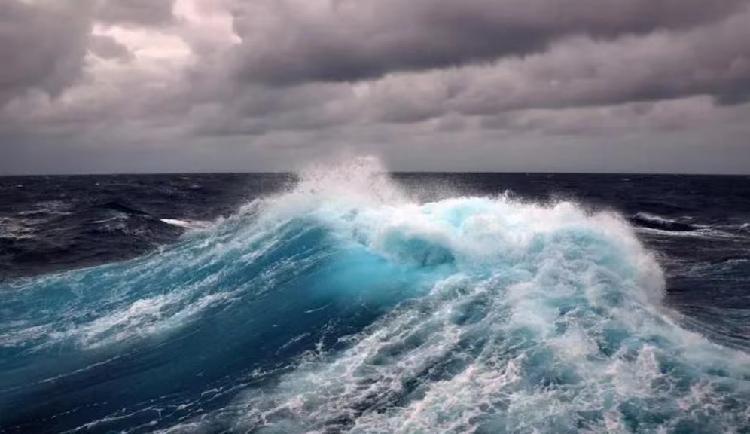U.S. agency reports formation of Tropical Storm Hector in eastern Pacific
Tropical Storm Hector has developed in the eastern Pacific, according to reports from a U.S. agency.

Simultaneously, the formation of Tropical Storm Hector in the eastern Pacific posed a new concern, exhibiting peak sustained winds of 72 kph. As Hector progressed well into the open sea, no coastal watches or advisories were implemented by the U.S. National Hurricane Center.
As of Sunday morning, Hone's maximum winds reached 137 kph while it bypassed the Big Island, situated roughly 72 kilometers south of its tip, noted Jon Jelsema, a lead forecaster at the U.S. Central Pacific Hurricane Center. He mentioned that the southeast slopes of the island were experiencing tropical storm force winds, delivering over 30 centimeters of rainfall.
This intense rainfall led to the closure of Highway 11 between Kona and Hilo, with additional flooding shutting down the higher altitude route of Cane Road, effectively isolating areas such as the Aikane Plantation Coffee Co. near Pahala. The plantation's owner, Phil Becker, reported that his rain gauge, capable of measuring up to 25 centimeters, had overflowed during the storm.
In other developments, Hurricane Gilma weakened to a potent Category 3 hurricane by Saturday night, positioned far east of Hawaii. It was anticipated to diminish to a depression well before affecting the islands.
As Hurricane Hone approached, emergency shelters were activated, and eastern beach parks of the Big Island were sealed off due to the dangerously high surf, disclosed Hawaii County Mayor Mitch Roth.
Describing the intense precipitation, Jelsema used a vivid analogy: "As the rain gets pushed up the mountain terrain it wrings it out, kind of like wringing out a wet towel," he explained.
"It's been really soaking those areas, there’s been flooding of roads. Roads have been cut off by high flood waters there in the windward sections of the big island, and really that's the only portion of the state that's had much flooding concern at this point," he emphasized further.
Notably, Hone, which translates from Hawaiian to "sweet and soft," evoked recent memories of the catastrophic fires on Maui from the previous year, exacerbated by hurricane-strength winds. Red flag warnings typically alert to potential wildfire conditions stemming from a combination of high temperatures, low humidity, and strong winds. Most of the state continues to grapple with conditions ranging from abnormally dry to drought levels, per the current U.S. Drought Monitor data.
Emily Johnson for TROIB News
Find more stories on the environment and climate change on TROIB/Planet Health












